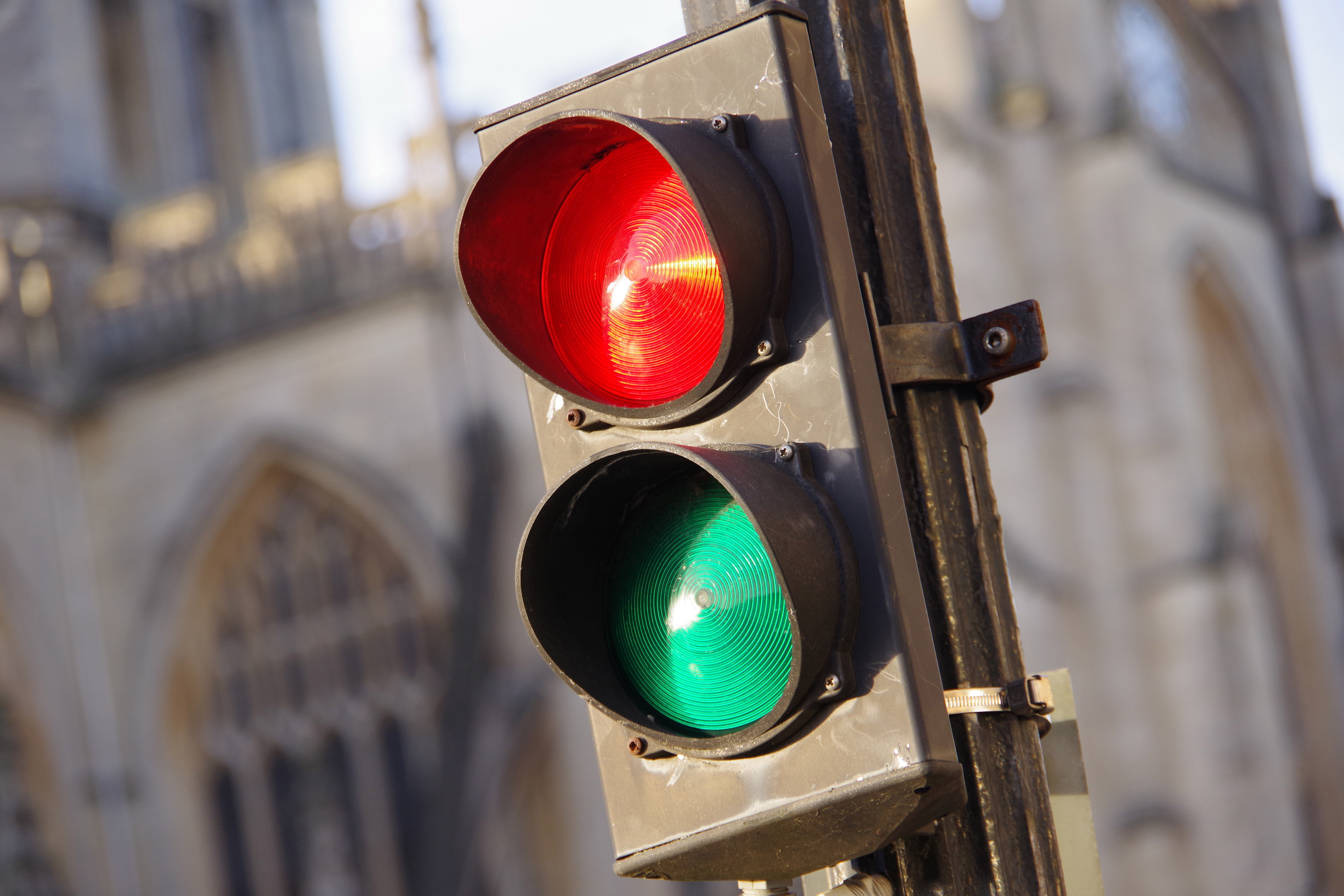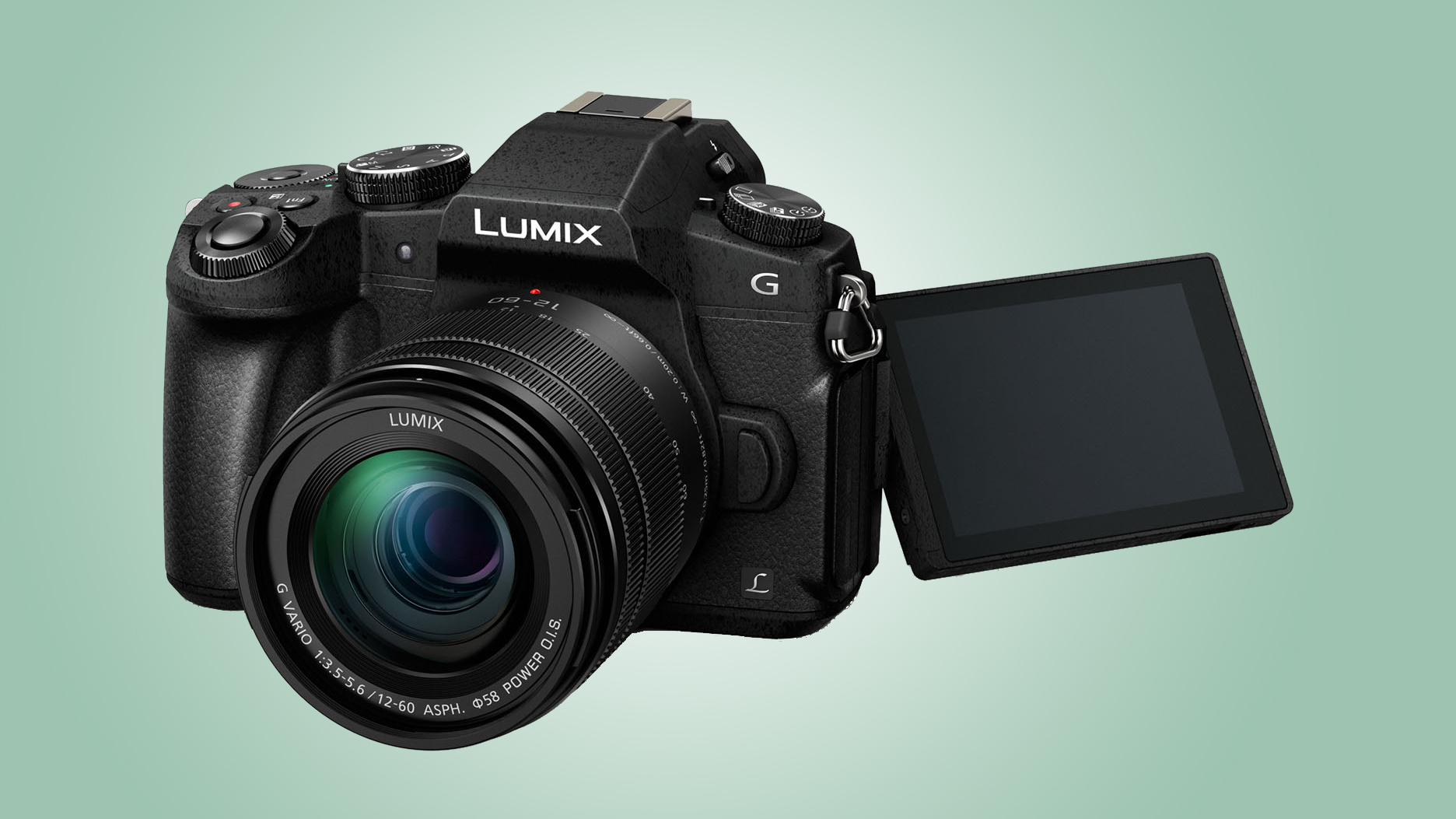Pentax is pitching the K-70 at the outdoor photography market, promising “new opportunities and discoveries in scenic photography”. It’s dustproof, weather-resistant and cold-resistant down to -10 degrees Celsius. There are 100 seals throughout the body, including the articulating LCD display, and the grip is designed to stay grippy even when you’re wearing gloves.
Despite all this the K-70 is still pretty compact for a fully-featured APS-C format DSLR, so it’s portable too.
And the K-70’s abilities go way beyond landscapes. Its specs and features mark it out as a rather good all-rounder, capable of taking on a much wider range of photographic subjects.
Features
- APS-C CMOS sensor, 24.2MP
- 3.0-inch, vari-angle screen, 921,000 dots
- 1080p video capture
Inside the body is a 24.2MP APS-C sensor, which is as high as APS-C format cameras go in terms of pixel count, and it has no anti-aliasing filter at the front, so the fine detail rendition should be enhanced even further.
Anti-aliasing filters are used to prevent the moiré interference patterns sometimes seen when photographing fine textures or patterns with a digital sensor’s rectangular array of photosites. These filters work by slightly blurring fine detail, and then leaving the camera to sharpen it up again digitally. When you take away the filter the fine detail should be sharper but you risk, moiré in some shots (although actually it doesn’t seem to be a problem in most real-life photography).
Pentax has a clever solution for this, with a unique ‘AA Filter Simulator’. This applies microscopic vibrations at a sub-pixel level during the exposure to simulate the effect of a ‘real’ anti-aliasing’ filter. You may not need it, but it’s there if you do.

This is just one of the tricks made possible by Pentax’s 5-axis Sensor Shift (SR) system. Its most obvious use is to cut camera shake when using slower shutter speeds – Pentax claims a gain of up to 4.5 shutter speed steps. That compares well with the best lens-based stabilization systems, but making the sensor, rather than the lens ‘stabilized’ has advantages – it offers a wider range of correction movements, and it should work with practically any lens.
It doesn’t stop there. Pentax also uses this sensor-shift system for its clever Pixel Shift Resolution mode, for better color rendition and definition in ultra-fine detail. This works by combining four separate shots taken in quick succession, so it works best on a tripod with static subjects, but Pentax has now added a Motion Correction feature, which detects and compensates for any moving objects.
Last but not least is an Astrotracer feature also seen on the pro-level Pentax K-1. This uses GPS data and the camera’s sensor-shift system to keep celestial objects in the night sky completely stationary, so they don’t turn into streaks of light. You will need a GPS receiver for this, though, which is an optional extra on this camera.
The K-70 is pretty well specified in other respects too. It offers sensitivity up to ISO102,400, a maximum shutter speed of 1/6000 sec, which is halfway between the top speeds of most rivals and those of pro cameras, and a clever Bulb Timer function for ultra-long exposures of up to 20 minutes.

The rear screen has a flip-out vari-angle mechanism, which already makes it pretty useful, but the promise of faster live view autofocus makes it better still. You can also use it for shooting video, of course, although the K-70 stops at full HD (1920 x 1080) resolution, so if you want 4K you’re going to have to look elsewhere – although it will shoot 4K timelapse movies.
The K-70 gives you a lot to take in. You might never use all the features it offers, but for keen photographers who want to learn new techniques and effects, it’s perfect.
Build and handling
- Dustproof, weather-resistant body
- Cold-resistant down to -10 degrees Celsius
- Weighs 688g
Pentax has built some pretty wild-looking DSLRs in the past, from its illuminated K-S1 to the multi-coloured variations on its entry-level models.
By comparison, the K-70 is a pretty sober-looking camera. In fact, if we’re being honest, the square body and square-shaped grip are just a little charmless. It’s compact, easy to grip and the controls are all in the right places, but it’s not really a thing of beauty.

The K-70 has some other interesting touches, including a mode dial with two extra settings you won’t find on any other camera brand – Sv (sensitivity priority) and TAv (shutter speed and aperture priority).
In the Sv mode, you turn the control dial to adjust the ISO setting and the camera sets the shutter speed and aperture. In TAv mode, you choose the shutter speed and aperture you want to use and the K-70 chooses the ISO setting needed for the correct exposure.
These two modes don’t do anything you can’t do with the ISO adjustments on other cameras, but they do bring the ISO setting into the ‘exposure triangle’ alongside shutter speed and aperture, so that you can consider all three in your choice of exposure mode.
The K-70 has two control dials, which is good to see and typical of enthusiast cameras – once you know your way around the camera, it makes changing the settings much quicker and simpler, especially when you’re working directly with shutter speed and aperture settings.

The rear four-way controller has buttons for setting the ISO, drive mode, white balance and flash mode. Beyond that, though, you need to switch to the K-70’s interactive display, which has icons for 20 different camera functions and settings.
While displays like these are necessary with the complex functions offered by modern cameras, it’s still a bit tiresome. Worse, until you really learn your way around the camera, you don’t really know where you need to look – some options are available via the external buttons and dials, some are on this interactive display, and others can only be found in the regular menu system.
Autofocus
- 11-point AF, nine cross-type AF points
- Sensitive down to -3EV
- New Hybrid AF system for live view
The autofocus system is only average for this class of camera too. It’s Pentax’s own SAFOX X system with a modest 11 AF points, though nine of these are of the more accurate cross-type, and Pentax does say the system is sensitive right down to -3EV, which is on a par with professional DSLR cameras.

But if the AF system is mildly disappointing in terms of the number of autofocus points, the Pentax K-70 hits back with a new hybrid AF system for its live view mode. This is a first for Pentax, mixing slow-but-accurate contrast autofocus and much faster on-sensor phase-detection AF when you’re composing shots on the rear screen.

The good news is that Pentax’s new hybrid AF system really does work. We’re used to DSLRs being painfully slow in live view mode – this is where mirrorless cameras really score highly – but the K-70 feels snappy and responsive. On most DSLRs you’d switch to live view mode only if you had to, but here it’s a perfectly usable shooting mode you might use a lot more.
Performance
- 6fps burst shooting
- 480-shot battery life
- Packed with imaging tools
The Pentax K-70 isn't too shabby for action photography with its maximum continuous shooting speed of six frames per second, although the buffer capacity is fairly average at just 40 JPEGs.
The optical viewfinder is especially good, with properly square edges, no distortion and no nasty color fringing. It’s a proper pentaprism design, rather than the cheaper ‘pentamirror’ construction used in some entry-level DSLRs.
The K-70 is packed with digital imaging tools too. For a start, it offers optical corrections (for Pentax lenses) for distortion, corner shading (vignetting) and color fringing (chromatic aberration). It can even compensate for the image-softening ‘diffraction’ effects you get when shooting at very small lens apertures, though only with specific Pentax lenses.
It can cope with extreme brightness ranges too, via its dynamic range compensation options or, if these don’t go far enough, via its inbuilt HDR (high dynamic range) mode, which combines three separate exposures taken in rapid succession. HDR images produced in this way can look a little flat, so Pentax has added an A-HDR mode with a Clarity adjustment.

The K-70 can shoot multiple exposures (from two to 2,000), mixing them in one of three ways depending on the effect you want, and it has a related Interval Composite mode too.
For regular photography you can choose any of 13 different Custom Image modes, or picture styles and nine different digital filters – this list expands to 21 digital filters when you edit your photos in playback mode. The image customization options include Fine Sharpness, Extra Sharpness and Clarity control.
All of these effects can be applied only to JPEG images shot in-camera, not raw files you process later on your computer – though the K-70 can also process saved raw files internally.
Image quality
- ISO100-102,400
- 18-135mm lens performance could be a lot beter
- Good color reproduction
Unfortunately, while the Pentax K-70 does deliver a nice shooting experience, you may not be quite so pleased when you check out the pictures. With the right lens, this camera is undoubtedly capable of some very fine results, as our lab tests confirm. Unfortunately, the 18-135mm kit lens isn’t it.
Outwardly, this lens is quite good – it feels well made for the price, the zoom action is smooth and the autofocus is quick and quiet enough. Optically, however, it’s a different story. It suffers from all the usual ills of long-zoom lenses, delivering ever-softer photos at longer focal lengths.
In the lab it didn’t do too badly, but in real-world shooting at its 135mm maximum, the detail proved so soft at the maximum f/5.6 aperture that it's often difficult to tell which part of the picture is actually in focus. Using a smaller aperture helps a little, but then, unless the light is good, you have to use a higher ISO setting or lean more heavily on the internal shake-reduction system.

The lab tests also highlighted this lens’s poor definition at the edges of the frame, at all focal lengths and aperture settings. The kit lens also suffers badly from chromatic aberration – color fringing – at longer focal lengths, and the camera’s in-built chromatic aberration correction doesn’t seem to be able to do too much about it.
So, just when we thought we’d discovered a decent-quality kit lens with a longer-than-usual zoom range, we were reminded that there’s always a price to pay in image quality, and this time it’s just a bit too high – very disappointing.
This is a shame, because the image quality in other respects is good. The default multi-pattern exposure metering does a reliable job, and while the in-camera dynamic range compensation can’t solve every tricky lighting situation, it does help.

We shot in a range of conditions, and the auto white balance system struck a good balance between correcting color casts while preserving the atmosphere – and of course you can always shoot raw and adjust the white balance later.
It was also good to see that the K-70 keeps Pentax’s characteristically rich and intense color reproduction, delivering particularly strong reds and greens.

So what about the high-ISO performance? Well, the image quality stays pretty good up to ISO1600 and even ISO3200. Fine, textured detail starts to disappear at ISO6400, but noise levels are still relatively low. Even coarser details are starting to get mushy at ISO12,800, though, and while the quality is still tolerable at ISO25,600 – in an emergency – photos shot at ISO51,200 are very hazy, and those shot at the maximum ISO102,400 are really pretty terrible.

The maximum ISO is just a little too ambitious, but otherwise it’s a decent performance for a camera with an APS-C sensor and this many megapixels.
Verdict
The Pentax K-70 itself is really good. It’s a compact, solid and very well specified camera that also delivers good value for money. It’s packed with innovative features, and there’s enough here to keep novices, enthusiasts and even more experienced photographers occupied for a long time to come.
The articulated screen is useful, and the new hybrid live view autofocus system – a first for Pentax – makes live view shooting an enjoyable and practical alternative to using the viewfinder. It’s not quite as slick and speedy as using a mirrorless camera, but it does close the gap considerably.

The 18-135mm kit lens, however, was a disappointment. It handles well, it focuses quickly and it offers a much longer zoom range than most rivals. Unfortunately, the image quality just isn’t up to the mark. It’s okay at shorter focal lengths, but this lens softens considerably as you zoom in, which takes away the advantage it has in overall zoom range.
If you are tempted by the K-70 – and it really is a good camera – you might be better off getting it in body-only form, and investing in more expensive glassware. Pentax offers better lenses than this one, as do independent makers Sigma and Tamron.
Competition

Nikon D7200
Now overshadowed – but only slightly – by the newer Nikon D500, the D7200 still delivers excellent resolution, great overall image quality and good handling. Bought as a kit with Nikon’s very good 18-105mm kit lens, however, it’s still pretty pricey.
Read the full review: Nikon D7200

Canon EOS Rebel T6s / EOS 760D
With its 24-megapixel sensor, vari-angle display and hybrid CMOS AF sensor, the EOS Rebel T6s (known as the EOS 760D outside the US) is a close match for the K-70 in all but ruggedness. The wide choice of quality lenses and accessories makes it a camera that can grow with you, and it’s very affordable too.
Read the full review: Canon EOS Rebel T6s / EOS 760D

Panasonic Lumix G80 / G85
Panasonic's Lumix G85 (or G80 if you're outside the US) is a cracking mid-price mirrorless camera with a vast range of compatible lenses. Its 16MP Micro Four Thirds sensor might not be quite a match for the K-70's, but it's not far off thanks to the absence of an optical low-pass filter. Handling and AF are great; throw in advanced 4K video capture, and you have a very nice camera.
Read the full review: Panasonic Lumix G80 / G85